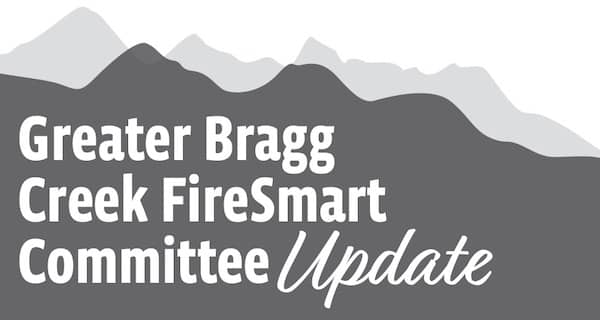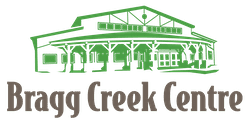Taking personal responsibility for reducing wildfire risk is gaining traction in the Greater Bragg Creek area. Drive down any road in our community and you’ll see examples where homeowners have employed FireSmart vegetation management practices such as cutting back dense bush, trimming the lower limbs of conifers, and moving combustibles such as wood piles to outside the so-called home ignition zone. Effective vegetation management is inexpensive and goes a long way toward reducing risk.
Additional risk reduction can be achieved through the selection of construction materials; for example, replacing unrated wood shakes with noncombustible roofing products. Clearly these types of improvement can be costly – particularly in the current market brought about by the COVID pandemic. Reduced productivity in the forest industry, compounded by a surge in home renovations resulted in the skyrocketing prices for lumber. Fortunately, prices collapsed in June and returned to pre-pandemic levels by the end of August – to the great relief of those who resisted the urge to build or renovate. However, supply chain problems continue to impact the availability of some building materials.
So where do homeowners turn to for advice on building materials selection? Historically there was little guidance on construction in the Wildland – Urban Interface (WUI). In 2011, following the Slave Lake Fire, the National Fire Protection Association and the Alberta based Partners-in-Protection submitted a proposal to the National Research Council (NRC) seeking changes to the National Building Code to better protect communities from destructive wildfires. The NRC rejected the proposal with the manager of the Canadian Commission of Building and Fire Codes stating that the national codes are meant to prevent a fire on one person’s property from damaging another person’s property, not to protect property from wildfires. The manager went on to suggested that the issue be addressed at the municipal level. This was a Catch-22 situation in Alberta where municipalities are not permitted to make or enforce their own building and fire codes. Some Alberta communities have addressed the issue through local land use bylaws. For example, the Town of Canmore requires a wildfire risk assessment for new subdivision applications and prohibits the use of unrated roofing materials in high-risk areas.
What a difference a decade makes!
Since the rejection of the NFPA/Partners- in-Protection proposal, the frequency and severity of wildfire has escalated resulting in billions of dollars in property loss and unthinkable hardships for families and business owners. This new-normal moved the NRC to act. In July 2021, the NRC published the National Guide for Wildland-Urban Interface Fires; see the Greater Bragg Creek FireSmart Committee Facebook page for a link to the Guide.
How can homeowners use the Guide?
Guide provides considerable detail in the selection of building materials for home located in the WUI. Specific performance tests are cited for building components such as exterior walls, roofing materials, eaves, soffits, windows, doors, and decks. Understandably, much of this information may be a bit overwhelming to those not familiar with testing standards. However, there is nothing preventing a homeowner from requesting that a contractor use building materials specified in the Guide for a renovation, addition, or new build.
The NRC reports that the Guide will eventually move into a Canadian WUI Code.
Peter Dwan


























